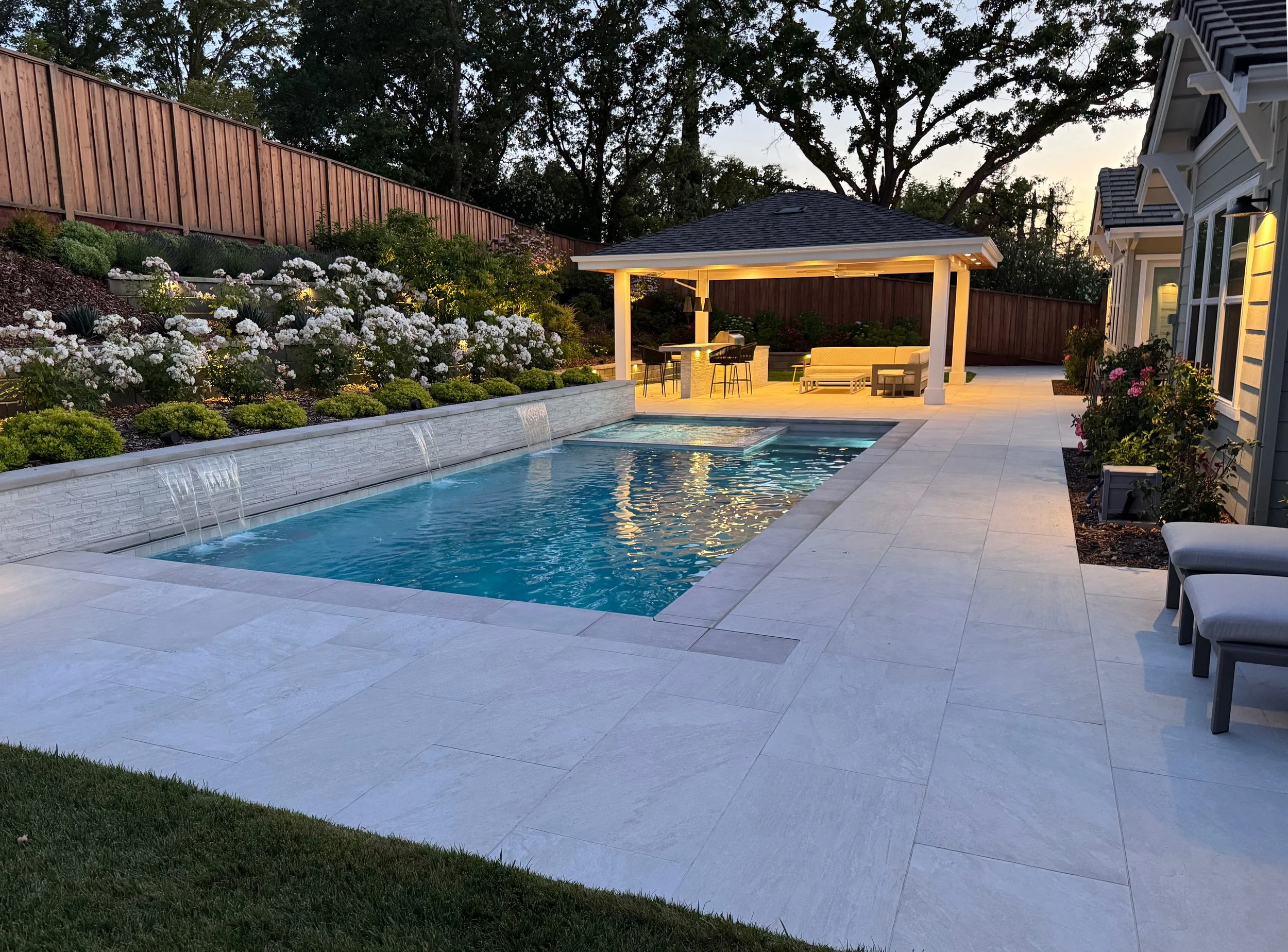
To learn and see more about landscape design & construction, please go to Alderland.com
Plant Revamp DIY vs. Professional Landscaping: Making the Right Decision
Alderland Can Help You Upgrade Your Outdoor Space
Homeowners looking to refresh tired or outdated landscapes should consider a plant revamp to enhance curb appeal and overall garden health.
Undertaking a plant revamp DIY project can be highly rewarding, offering a sense of personal accomplishment, but it often comes with various challenges such as selecting the right plants suited to your environment, ensuring proper soil preparation for healthy growth, and achieving a balanced design that seamlessly complements your existing landscape. While DIY efforts can save you some costs upfront, professional landscaping guarantees expertise not only in plant selection but also in sustainable design practices and the development of long-term maintenance plans tailored to your property. Alderland’s experienced team provides personalized consultations and comprehensive landscape services, combining aesthetic appeal with functional outdoor living spaces that elevate your backyard experience. Choosing Alderland means investing in quality craftsmanship and a thoughtful, well-executed design that significantly enhances your home's value and enjoyment, all while minimizing stress and hassle throughout the process.
Breathtaking lush ridgetop retreat in San Ramon, designed and constructed by Alderland.
Moon Gate and landscaping in Lafayette, designed and constructed by Alderland.
Gorgeous estate plantings in Danville, designed and constructed by Alderland.

